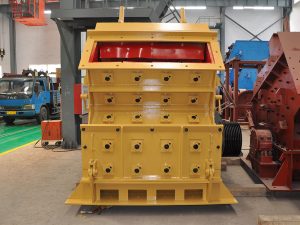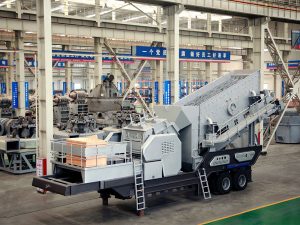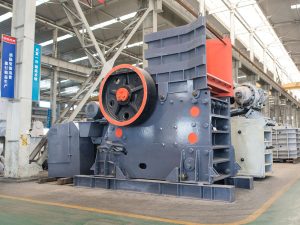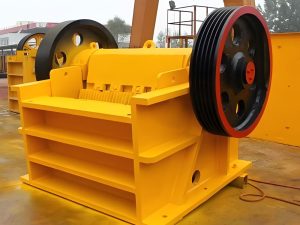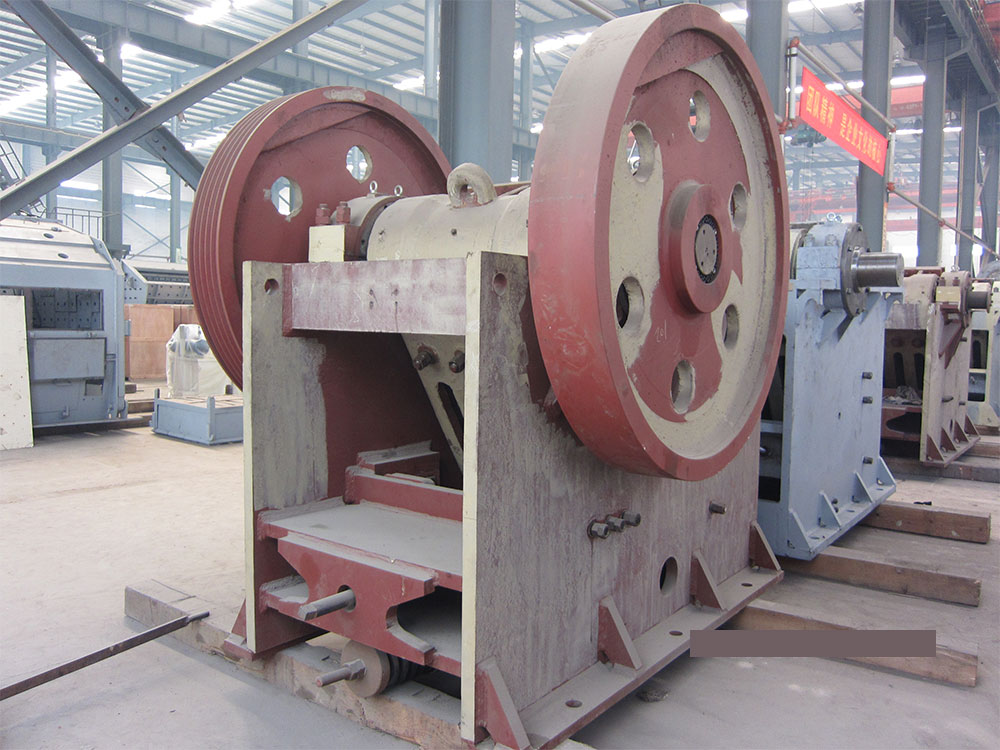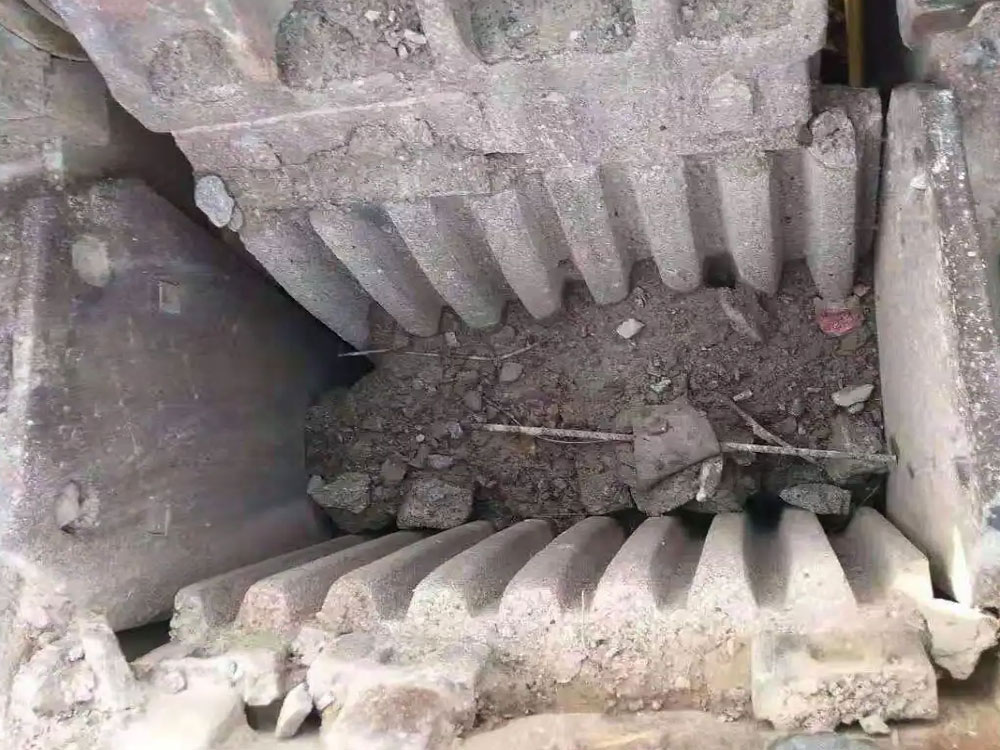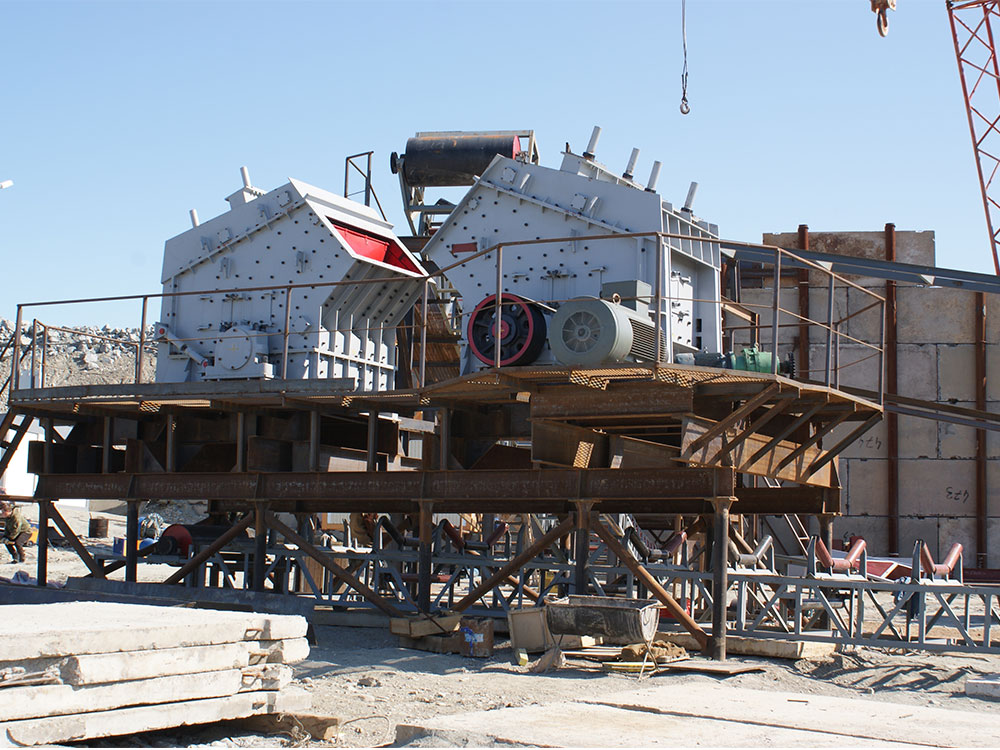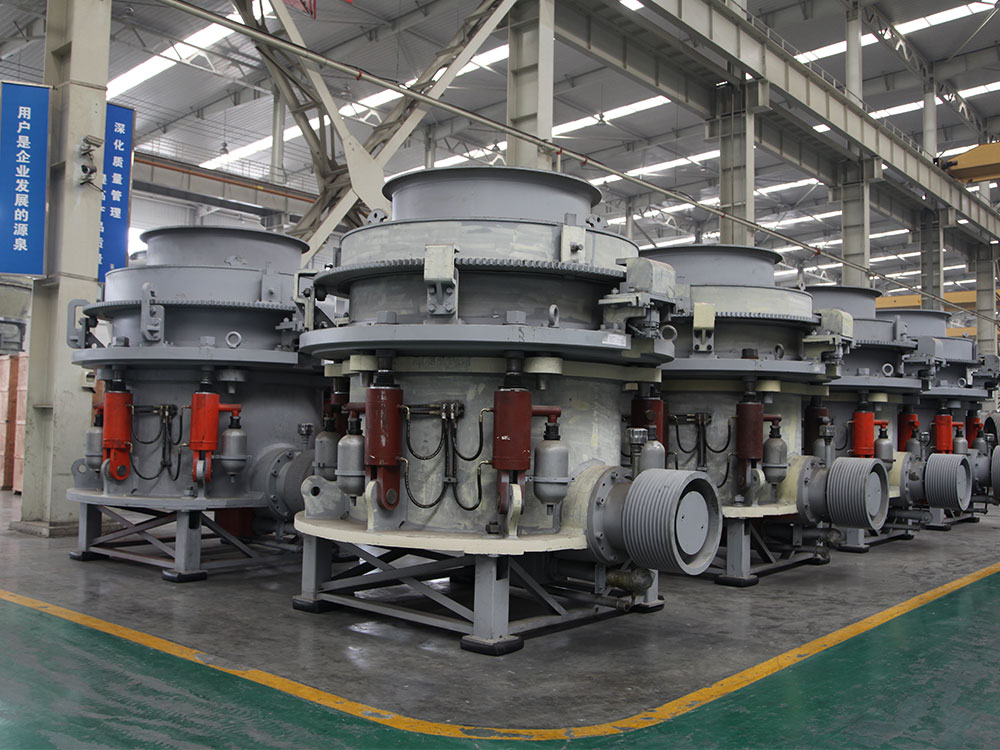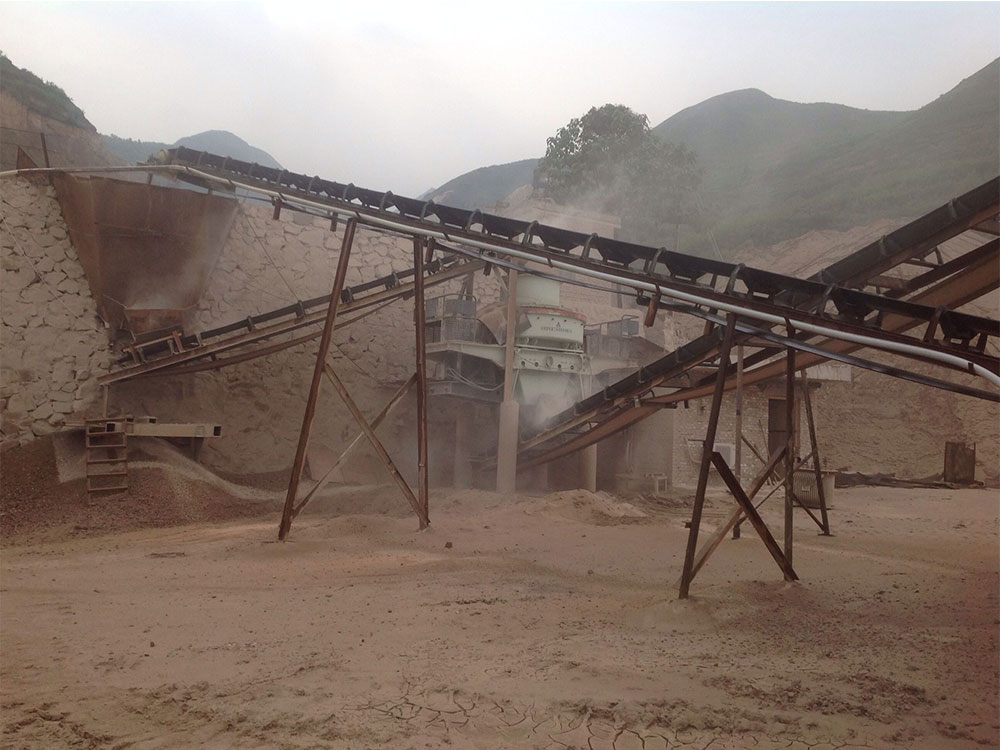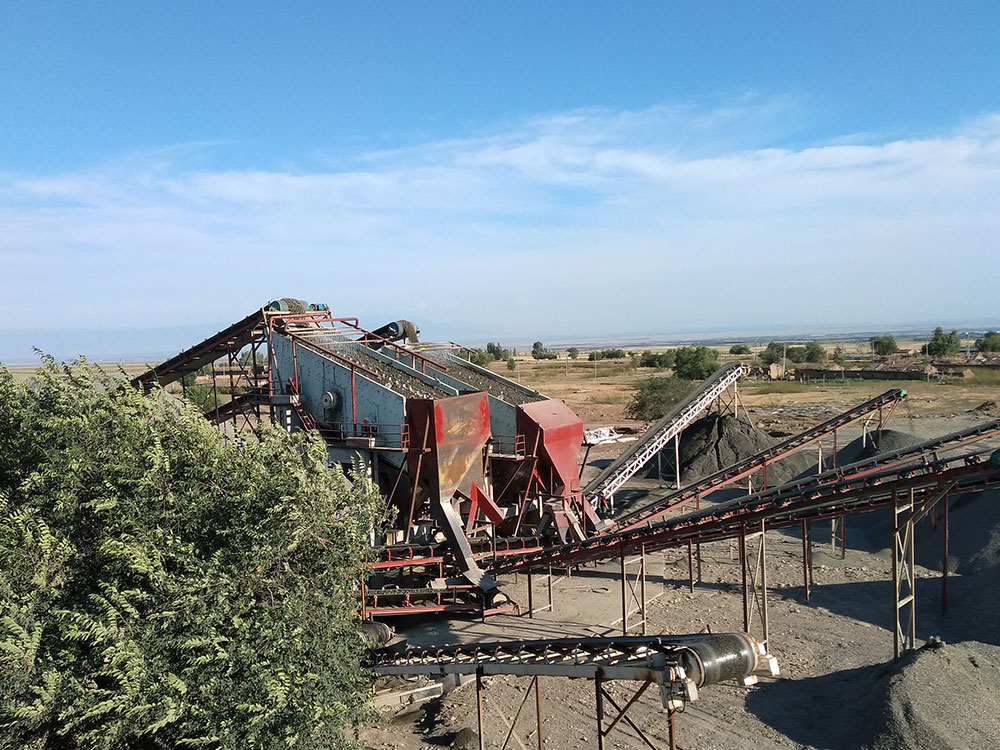Iron tailings, as a rich secondary resource, not only enable the effective recovery of resources through processing and utilization but also promote environmental protection and sustainable development. Below, we will provide a detailed overview of the processing workflow and required equipment for iron tailings, to help readers better understand this field.
I. Processing Workflow
Crushing and Screening Stage
For iron tailings with larger particle sizes, the first step in processing is crushing. In this stage, jaw crushers are primarily used for primary crushing. Jaw crushers, with their powerful crushing capacity and stable performance, are the preferred equipment for processing large pieces of iron tailings. After coarse crushing, the particle sizes of the tailings are still uneven, so they need to be screened using a vibrating screen. The vibrating screen uses high-frequency vibration to separate qualified-sized tailings, which are then sent to the next stage; unqualified-sized tailings are returned to the crusher for re-crushing until the required particle size is achieved.
For tailings with slightly smaller particle sizes, a vibrating screen can be used for pre-screening, followed by feeding into a cone crusher or impact crusher for medium and fine crushing. These two types of crushers have distinct characteristics: cone crushers are suitable for processing materials with higher hardness, while impact crushers are more effective for processing materials with higher toughness. Selecting the appropriate crusher based on the specific properties of the iron tailings ensures crushing efficiency and product quality.
Magnetic separation stage
After crushing and screening, the tailings proceed to the magnetic separation stage. Magnetic separation equipment utilizes magnetic attraction to separate iron ore from the iron tailings. Common magnetic separation equipment includes wet magnetic separators and dry magnetic separators. Wet magnetic separators are suitable for processing tailings with high moisture content, while dry magnetic separators are suitable for processing dry or low-moisture tailings. The iron ore separated by magnetic separation can be used as finished products for direct sale or further processing; the remaining tailings can be used for other purposes, such as construction materials or road base materials.
Grinding stage
For tailings requiring grinding, they are fed into ball mills or other grinding equipment for processing. Ball mills, with their high grinding efficiency and wide application range, are the preferred equipment for grinding iron tailings. During the grinding process, the fineness of the tailings can be controlled by adjusting the mill's speed, ball filling rate, and the type and particle size of the grinding media. After grinding to the appropriate fineness, the tailings can be used as construction materials, cement admixtures, ceramic raw materials, etc.
Further Sorting Stage (if required)
For tailings with re-selection value, the ground tailings can be fed into a flotation machine, electrostatic separator, or other sorting equipment to separate useful metals and minerals. This sorting process is relatively complex and requires selecting appropriate sorting methods and equipment based on the specific composition and properties of the tailings. Through further sorting, the useful resources in the tailings can be maximized for recovery and utilization.
II. Required Equipment
Crushing Equipment
Jaw Crusher: Used for coarse crushing of large iron tailings, it features a high crushing ratio, simple structure, and convenient maintenance.
Cone Crusher/Impact Crusher: Used for medium and fine crushing. The appropriate equipment is selected based on the properties of the iron tailings to ensure crushing efficiency and product quality.
Screening Equipment
Vibrating Screen: Used for screening tailings of different particle sizes, featuring high screening efficiency, low noise, and easy maintenance.
Magnetic Separation Equipment
Magnetic separator: Used for separating iron ore from iron tailings. The appropriate magnetic separator and magnetic field strength are selected based on the magnetic strength and particle size of the tailings.
Grinding equipment
Ball mill: Used for grinding tailings, featuring high grinding efficiency and strong adaptability. Depending on production requirements, either a dry ball mill or a wet ball mill can be selected.
Other auxiliary equipment
Feeder: Used for uniform feeding to ensure the continuous and stable operation of crushers and screening equipment.
Conveyor: Used for conveying tailings and finished products, achieving automation and continuous operation of the production line.
Sand Washer (if clean tailings sand is required): Used for washing tailings sand to remove soil, impurities, etc., improving the quality and utilization rate of tailings sand.
In summary, the processing flow of iron tailings includes crushing and screening, magnetic separation, grinding, and further sorting stages, requiring a wide variety of equipment with distinct characteristics. In actual production, it is necessary to reasonably configure and select these equipment based on the specific properties of iron tailings and production requirements to ensure processing quality and production efficiency. Additionally, strengthening equipment maintenance and upkeep is also key to extending equipment lifespan and improving production efficiency.


